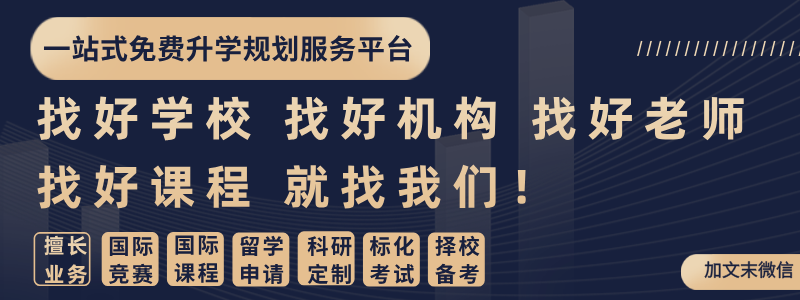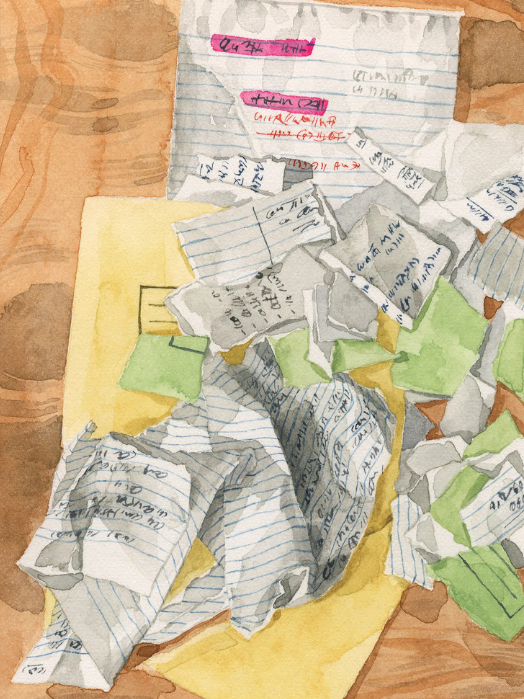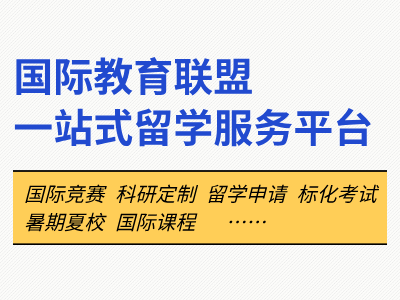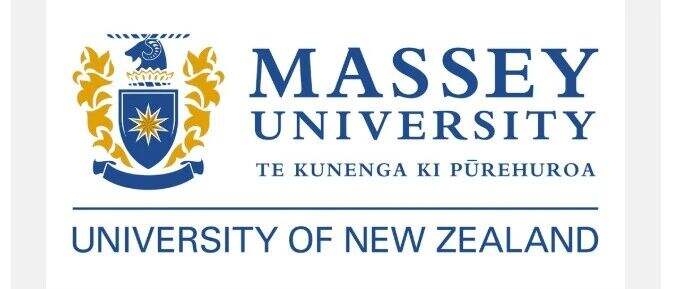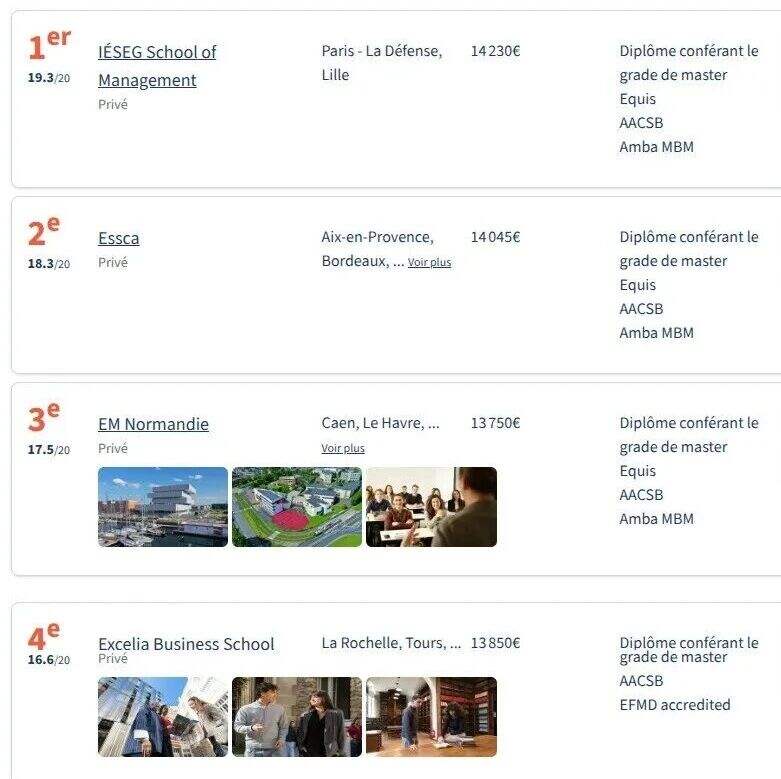ECONOMICS
An Introduction to Economics and Colonial and Early American Economic History
- FUNDAMENTALECONOMIC CONCEPTS 10%
- Basic Assumptions ofEconomics
- Scarcity
- Trade-offs
- OpportunityCost
- Rationality
- Gains fromTrade
- Models and EconomicTheory
- Positive and NormativeEconomics
- Efficiency as a Goal
- Microeconomics andMacroeconomics
- Basic Assumptions ofEconomics
- MICROECONOMICS 40%
- Perfectly CompetitiveMarkets
- Markets
- Demand
- Shifts in the DemandCurve
- Income
- The Prices of RelatedGoods
- Tastes
- Expectations
- Number ofBuyers
- Supply
- Shifts in the SupplyCurve
- InputPrices
- Technology
- Expectations
- Number ofSellers
- Equilibrium
- The Characteristics of Competitive MarketEquilibrium
- Applications of the Competitive MarketModel
- Changes in MarketEquilibrium
- Elasticity
- Using Elasticity
- Evaluating Government Policy: The Impact of Price Controls andTaxes
- PriceControls
- Taxes
- InternationalTrade
- An Isolated Economy
- Adding the Opportunity toTrade
- Perfectly CompetitiveMarkets
- Comparative Advantage and the Gains fromTrade
- The Political Economy ofTrade
- The Profit Motive and the Behavior ofFirms
- Economic Profits and AccountingProfits
- Finding the Firm’s SupplyCurve
- Entry, Exit, and the Market SupplyCurve
- ImperfectCompetition
- Monopoly
- Monopoly Supply
- Welfare Consequences ofMonopoly
- Dealing withMonopolies
- PriceDiscrimination
- Oligopoly
- MonopolisticCompetition
- Creative Destruction: The Profit Motive and the Sources of EconomicChange
- MarketFailures
- Externalities
- The Effect of Externalities on ResourceAllocation
- Private Responses toExternalities
- Government Regulation ofExternalities
- PropertyRights
- The Effects of PrivateOwnership
- Public and PrivateGoods
- PrivateGoods
- CommonResources
- CollectiveGoods
- PublicGoods
- Institutions, Organizations, andGovernment
- Pork BarrelPolitics
- Rent-Seeking
- What Is the Proper Role forGovernment?
- MACROECONOMICS 30%
- Macroeconomic Issues
- Economic Growth and LivingStandards
- Recessions andExpansions
- Unemployment
- Inflation
- InternationalTrade
- MacroeconomicMeasurement
- Measuring Total Output: Gross DomesticProduct
- MarketValue
- Final Goods andServices
- Within aCountry
- During a SpecifiedPeriod
- Measuring Total Output: Gross DomesticProduct
- Macroeconomic Issues
- Understanding What GDPMeasures
- Other Ways to Measure GDP: Expenditures EqualProduction
- Yet Another Way to Measure GDP: Income Equals ProductionEquals Expenditures
- RealGDP
- MeasuringInflation
- Unemployment
- FrictionalUnemployment
- StructuralUnemployment
- Cyclical Unemployment
- Economic Growth, Productivity, and LivingStandards
- The Circular Flow Model of theEconomy
- What Determines How Much an Economy Produces?
- Savings, Investment, and the Financial System
- FinancialMarkets
- The BondMarket
- The StockMarket
- FinancialIntermediaries
- Banks
- MutualFunds
- Saving and Investment in Aggregate
- International Capital Flows in an Open Economy
- How Financial Markets Coordinate Saving and InvestmentDecisions
- FinancialMarkets
- Money and Prices in the Long Run
- What IsMoney?
- MeasuringMoney
- The Federal Reserve System, Banks, and the Supply ofMoney
- Bank Runs
- Money and Inflation in the Long Run
- Why Worry aboutInflation?
- Short-Run EconomicFluctuations
- Characteristics of Short-RunFluctuations
- Potential Output, the Output Gap, and the Natural Rate ofUnemployment
- Explaining Short-Run Fluctuations inOutput
- The Aggregate DemandCurve
- WealthEffects
- Interest Rate Effects
- Foreign ExchangeEffects
- The Aggregate SupplyCurve
- The Keynesian Model of Short-RunFluctuations
- Inflation in the KeynesianModel
- Using Fiscal and Monetary Policy to Stabilize theEconomy
- COLONIAL AND EARLY AMERICANECONOMIC HISTORY 20%
- The Big Picture: North America as Part of the Larger BritishEmpire
- Mercantilism as an OrganizingFramework
- The Big Picture: North America as Part of the Larger BritishEmpire
- The Navigation Acts: An Important Element of British Mercantilist Policy inNorth America
- Income and Its Distribution in the Late ColonialPeriod
- ColonialIncomes
- Growth-Supporting Institutions andTechnology
- Indentured Servitude and Slavery
- Regional ResourceDifferences
- IncomeDistribution
- The Economics of the AmericanRevolution
- 1763, A Key TurningPoint
- British Revenue-Generating Policies and the Boston TeaParty
- The RevolutionaryWar
- Shay’sRebellion
- Early NationalPolicies
- The Articles ofConfederation
- TheConstitution
- Building the FinancialSystem
- Payment of the National Debt
- The First Bank of the United States(FBUS)
- Money in the NewNation
- Land Distribution, Transportation, and MarketExpansion
- Land DistributionPolicies
- Turnpikes
- CanalConstruction
- Steamboats
- Railroads
- The Growth ofManufacturing


